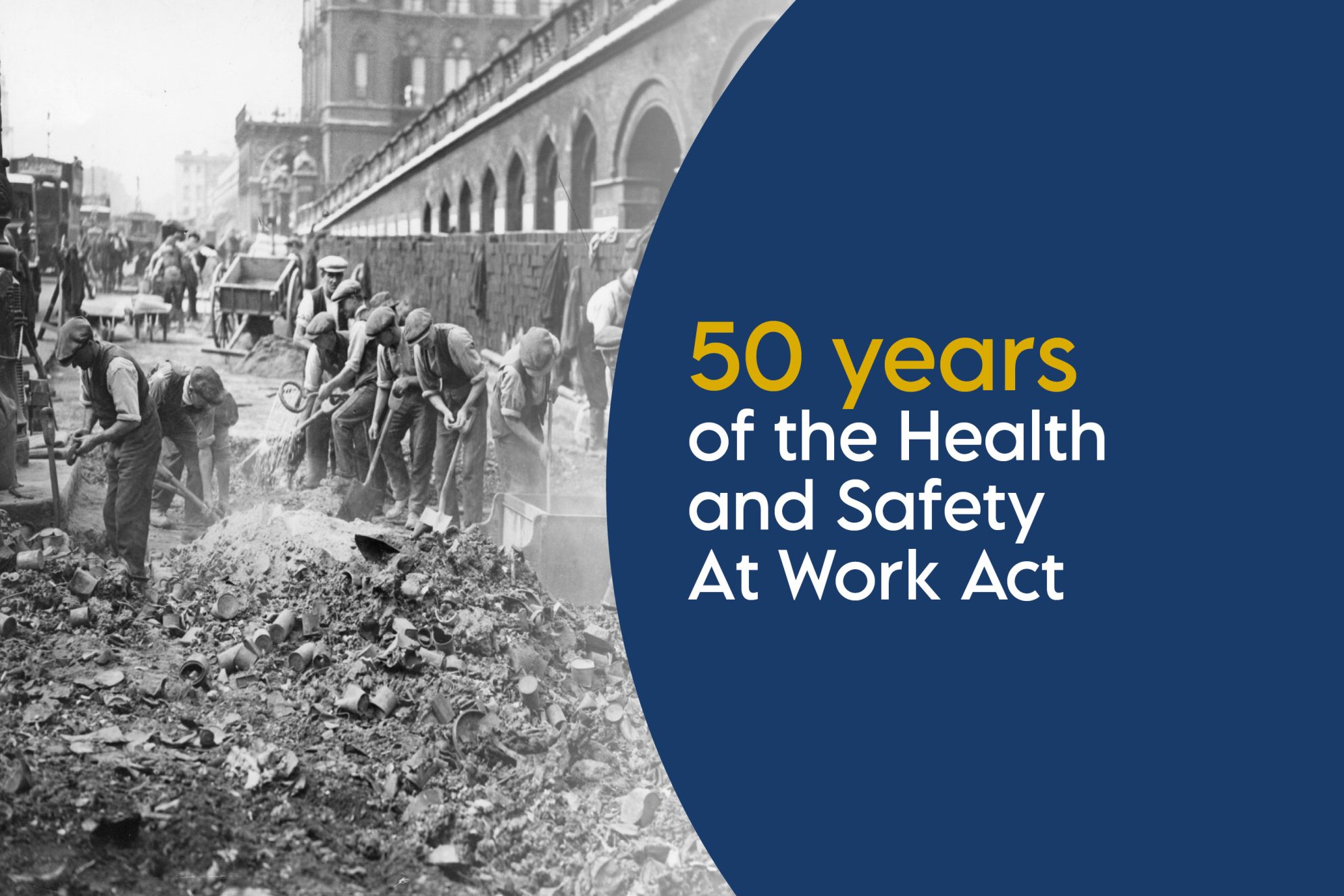
We should celebrate 50 years of the Health and Safety At Work Act – but there’s more work to do
This week marks 50 years since the Health and Safety at Work Act (HSWA) came into force - a transformative law that changed the landscape of workplace safety in the UK
Half a century on, the HSWA is widely regarded as one of the most important pieces of social legislation in British history, substantially reducing workplace injuries and fatalities. Yet, while it’s important to celebrate its achievements, ongoing funding cuts to the Health and Safety Executive (HSE) – the government body responsible for enforcing workplace health, safety and welfare — pose major concerns for the future of workplace safety. We know from our work with law firms the price that workers and their loved ones pay for accidents arising from poor workplace conditions.
The impact of the Health and Safety at Work Act
Enacted in 1974, the HSWA established a comprehensive framework for workplace safety, placing responsibility on both employers and employees.
Since then, it has led to real progress in reducing accidents. In 1974, the UK recorded 651 workplace fatalities. By 2023/24, this number had dropped to 138, according to the HSE.
Non-fatal injuries have also seen a decline, with 561,000 workers reporting non-fatal incidents in 2022/23 – a stark contrast to the higher figures seen in the early years of the Act. These advances reflect the impact of the HSWA and the HSE’s continued work to offer guidance, research and support to organisations.
However, work-related illnesses and conditions are still a pressing issue. Mental health conditions and musculoskeletal disorders account for over 1.8 million cases annually, according to the Trades Union Congress (TUC). Occupational cancers, such as mesothelioma, also remain a significant concern, especially in industries like construction and manufacturing.
The importance of funding the HSE
The HSWA’s effectiveness depends on the HSE’s ability to enforce regulations and guide employers. However, over the past decade, government funding cuts of 54% have severely impacted the HSE’s capacity. The number of inspectors has fallen, and workplace inspections have decreased.
The TUC has warned that these cuts come at a cost. Shelly Asquith, the TUC’s Health, Safety, and Wellbeing Officer, recently stated: “Cuts to Britain’s health and safety regulator come at a massive cost to working people. Rates of work-related ill-health have shot up in recent years and the number of occupational cancers show no sign of falling.”
Why the Health and Safety at Work Act still matters
Over the past 50 years, the HSWA has saved countless lives and remains a critical tool in ensuring employees are protected and organisations comply with their legal obligations. But the Act’s strength relies on enforcement and ongoing cuts to the HSE threaten to erode the progress made in workplace safety.
For law firms advising clients on compliance, the reduction in HSE oversight is particularly concerning. Ensuring organisations are aware of their responsibilities and proactively manage risks is crucial, especially given the continuing decline in government funding for health and safety enforcement.
While the 50th anniversary of the Health and Safety at Work Act is a moment to celebrate, it also highlights the challenges ahead. Adequate funding and support for the HSE are essential to sustain the progress made over the past 50 years and protect workers’ health and well-being for the future.
The newly elected Labour government has made promising pledges about its new bill of workers’ rights, but the true test will be in the implementation of effective health and safety policies in the coming years.
